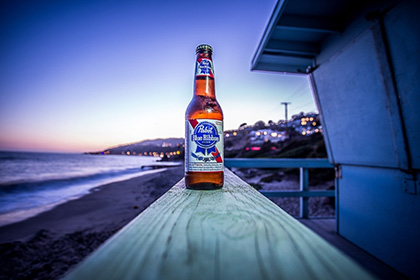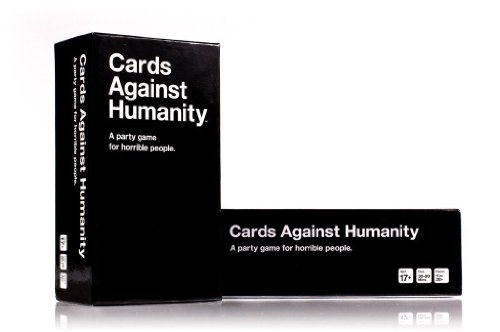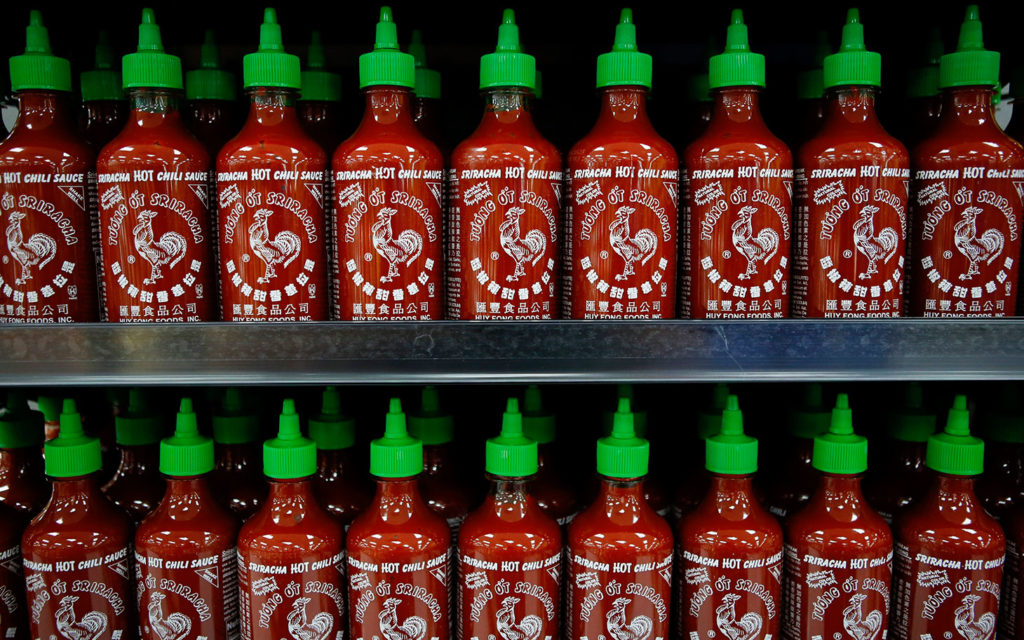Today we’re going to turn out attention to brand management.
Brand management is a complex marketing function but essentially it uses techniques to increase the perceived value of a product or brand over time. Brands will include both tangible and intangible elements. With product brands, the tangibles include the product itself, price and packaging, to name but three. While in case of service brands, the tangibles include the customers’ experience. The intangibles also include emotional connections with the product / service and this intangible is proven to produce very strong reactions from customers.
As you can see, there is a complex set of interrelated issues that a brand manager has to manage.
Small businesses historically don’t have a specific brand management plan, it’s generally rolled into the overall marketing plan and with good reason. Marketing resources, both personnel and budgetary, are often scarce. But there is plenty of learning to be had from those bigger companies and today’s blog is going to look at three brand management principles and come at them from a different angle.
The three brand management principles that we are going to use are taken from an excellent blog post from Victor Gamez at Percolate. Percolate connects marketing teams, tasks, creative, data and software tools to accelerate productivity, reduce operating costs and help businesses of all sizes grow their revenue. The Percolate blog is an excellent resource and well worth bookmarking.
These are superb examples of companies that defied the core brand principles and ploughed their own furrow, all the way to incredible success. Besides the key leanings available, each example is an incredible story in its own right. Read and enjoy….
Principle 1: Have a brand management strategy that communicates your brand
Case in point: Broken by brewer, Pabst Blue Ribbon
The traditional marketing funnel places “awareness” at the beginning of a customer’s journey toward purchase. The buyer journey has gone through large shifts in recent years, but it still generally begins with someone becoming conscious of the brand.
So naturally, marketers want to champion their brand and get its message “out there”—even if an ad’s intent is less about discussing a product than it is on creating an emotion. The more visible the brand, the larger the top of the funnel and number of potential sales.
But for Pabst Blue Ribbon, championing the brand at all might have chilled its quick resurgence as a major go-to beer.
Source: Pabst Blue Ribbon.
In 2001, PBR had reached a new low: less than a million barrels of beer sold, a tenth of its peak in 1975. Despite a notable shoutout in David Lynch’s Blue Velvet, the brand had seen slumping sales since the 80s.
But in 2002, sales grew by 5.3%, and signs were pointing to almost double that rate the following year, a June 2003 article in The New York Times reported.
Marketing managers at PBR eventually realized that Portland, Oregon’s growing population of anti-establishment hipsters had taken to the beer. It became, through no deliberate action on the company’s part, a “social protest” brand, one marketing consulting firm found. “P.B.R. is seen as a symbol and fellow dissenter.”
In light of this customer insight, the company began making the conscious choice to stay under the radar. That’s hard to do for marketers. But this understanding of customers’ need for an “anti-brand” meant that the only way to nurture growth was to do it quietly.
This line of thinking contributed to passing up opportunities to get its brand “out there,” including local radio station ads, an endorsement deal with Kid Rock, and sponsoring a snowboarding event.
Instead, it opted for grassroots events—like a small-scale bicycling tournament (featuring beer) at a park with no banners, announcements, or employees that hinted at PBR’s involvement.
Over the next ten years, the brand grew rapidly. It ended up selling 92 million gallons of beer in 2012 to Americans—200% more than in 2003—and overtook Coors and Samuel Adams in volume sales, according to Quartz. It was eventually purchased for$700 million in 2014, thirteen years after its record-low, with as low-key an ad strategy as ever. It goes to show that listening to customers should dictate not just how, but also whether a brand should interact with consumers.
Principle 2: Have a brand management strategy that rewards customers.
Case in point: Broken by Cards Against Humanity.
By and large, we strive to treat our customers with respect and, when possible, go above and beyond to delight them.
But an exception might be made in the case where “horrible” is a core brand trait.
Cards Against Humanity is a game in the vein of Apples to Apples; players take turns finishing sentences with phrases printed on their cards, hoping to create the most humorous statement. The phrases and resultant jokes take dark turns in Cards Against Humanity, which takes the stance that nothing is off-limits in the name of comedy.
Fans of the game have a penchant for black and sardonic humor, so it follows that the brand itself should, too. Part of Cards’ attempt to flesh this trait out includes insulting its followers.
“A party game for horrible people” is printed on each game package. Its Frequently Asked Questions page is titled “Your Dumb Questions.” And in the description of the Kickstarter campaign that launched the product, the creators wrote that “Cards Against Humanity is as despicable and awkward as you and your friends.”
Source: Amazon.
But it goes beyond mere words. The company has garnered a lot of attention for its Black Friday deals, which aren’t deals so much as opportunities to inconvenience potential customers.
Take its 2013 Black Friday deal, which was a normal set of Cards Against Humanity for the unbelievable price of $30—a five dollar increase from its normal price.
Not the most buyer-friendly tactic—but it resonated with the game’s followers. “Anyone can do a sale for Black Friday, but nobody but us could get away with raising their prices and risking a ton of sales just to make a joke,” co-creator Max Temkin wrote in his personal blog.
Moreover, it got the attention of several news outlets and community forums, like Reddit and AdWeek. “I was pretty sure that our fans would be into the ‘$5 more’ sale, but I had no idea that it would turn a day where we’d normally be totally overlooked into a huge press hit for the game,” Temkin wrote.
Last year, the deal was just six dollars—for a box of bull excrement. “Bullshit,” the only item available for sale on the website, sold out thanks to 30,000 purchasers who may or may not have believed the company was selling actual feces.
This again got the attention of the press. But it’s important to realize that it wasn’t simply a media stunt. Removing the ability to purchase the game, increasing its price arbitrarily, and insulting its fans are all tactics that would normally sink a brand.
In this case, the company was attuned enough to its customer base to know it would appreciate the humor in hampering a purchase.
Principle 3: Have a brand management strategy, period.
Case in point: Broken by Huy Fong Foods.
You’ve probably heard of Heinz, Helleman’s, and Tabasco. You’re less likely to have heard of “Huy Fong Foods.”
But if you hear “sriracha” and think of red sauce in a bottle with a rooster and a bright green cap, you’re one of the many who conflate the entire category of the Thai-style hot sauce with Huy Fong Foods’ specific brand of it—without ever having seen an advertisement for it.
Source: Al Jazeera.
Huy Fong Foods has become a leader in the hot sauce space without any thought to brand management strategy.
Founder David Tran, originally from Vietnam, couldn’t find palatable hot sauce when he moved to Los Angeles in 1980. So he created his own, placing a rooster (his astrological sign) on the packaging.
Since then, he’s seemingly only been focused on production. “I started the business with my eyes closed. There were no expectations at all,” he told Quartz. Tran hasn’t raised the wholesale price of Sriracha since 1980, has used the same 10 distributors for a decade, has relied on the same farm to procure chilies since 1990, and has no detailed record of where exactly his product is sold. Moreover, he’s never spent money on sales or advertising.
Still, Huy Fong’s dominance has withstood the test of other companies who’ve piggybacked on the popularity of sriracha. For instance, McIlhenny Co (the company behind Tabasco) has created its own brand of sriracha—but admitted to the Los Angeles Times that Huy Fongs’ sauce was the “gold standard.” Tran told the Los Angeles Times that he thinks the rise of other sriracha sources is free advertising, and that sales have grown from $60 million to $80 million in the last two years.
It’s thanks to a growing base of fans—many of whom think “sriracha” is the name of the company, rather than a type of condiment. Huy Fong Foods has essentially created and driven the growth of the sriracha market, to the point where the category of hot sauce is in nine percent of households. “What we’re seeing among consumers is demand, not just for heat, but more complex, regional flavors,” a food and drink analyst for Mintel told the Los Angeles Times. “With Sriracha, Huy Fong introduced a new style and a whole new category of hot sauce.” Huy Fong Foods’ prize-winning sauce has come to define “sriracha,” and the memory of its flavor is inextricably tied to the clear bottle with the rooster and the green cap.
That means that building deeper memory structures for its customers is all about creating sriracha. Growth, he told Quartz, is limited only by his ability to buy chilies, and he isn’t interested in plans or offers from investors for more money. Just in his ability to produce more sauce.
Gamez comments that “Each of these examples—PBR, Cards against Humanity, and Huy Fong Foods—may have seen success by subverting a brand management principle. But they adhered to the most important and most fundamental brand management principle—to build memory structures that resonate with your target audience.”
And Gamez finishes with sound advice,”We don’t recommend trying those specific tactics at your company. We do, however, recommend staying attuned to customer preferences. PBR’s marketing of no marketing worked because it realized its growing consumer base was re-purposing the brand to fit a need that didn’t exist. Cards’ seeming disrespect toward buyers is effective because it meshes with fans’ mocking sense of humor. And Huy Fong Foods knows that the people just want more hot sauce.”







